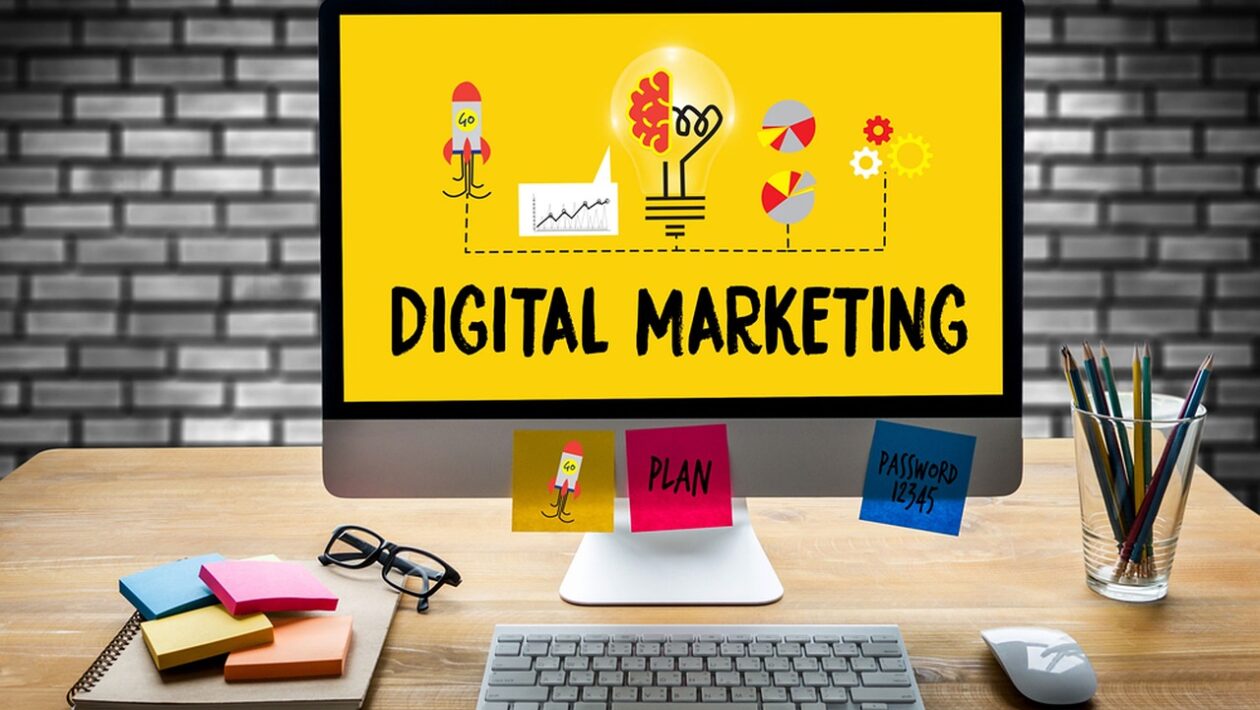Describe SEM, SEO, SEA, SMM, SMO, SMA, PPC
Certainly! Let’s dive into more detailed explanations of each of these digital marketing terms:
- SEM (Search Engine Marketing):
- Search Engine Marketing is a comprehensive approach to promoting websites and increasing their visibility in search engine results pages (SERPs).
- SEM includes both organic (SEO) and paid (SEA) strategies to maximize a website’s online presence.
- It aims to attract more visitors, improve conversion rates, and ultimately achieve business goals through search engine channels.
- SEO (Search Engine Optimization):
- Search Engine Optimization is the process of optimizing a website to enhance its visibility in organic search results on search engines like Google, Bing, and Yahoo.
- SEO techniques involve keyword research, on-page optimization (e.g., optimizing content, meta tags, and URLs), off-page optimization (e.g., building backlinks), and technical optimizations (e.g., site speed, mobile-friendliness).
- The goal of SEO is to increase a website’s ranking for relevant search queries, leading to more organic (unpaid) traffic.
- SEA (Search Engine Advertising):
- Search Engine Advertising, also known as paid search advertising, involves running paid ads on search engines. The most common platform for this is Google Ads.
- Advertisers bid on keywords, and when users search for those keywords, the ads are displayed at the top or side of the search results.
- Advertisers pay only when users click on their ads (Pay-Per-Click or PPC), making it a cost-effective way to drive targeted traffic to a website.
- SMM (Social Media Marketing):
- Social Media Marketing refers to the use of social media platforms like Facebook, Twitter, Instagram, and LinkedIn to promote products, services, or content.
- SMM includes creating and sharing engaging content, interacting with followers, and using paid social media advertising to reach a broader audience.
- It is effective for building brand awareness, engaging with customers, and driving website traffic.
- SMO (Social Media Optimization):
- Social Media Optimization is the process of optimizing social media profiles and content to increase visibility, engagement, and interaction.
- It involves actions like updating profile information, using relevant keywords, creating shareable content, and improving the user experience on social media platforms.
- SMO enhances the effectiveness of social media marketing efforts.
- SMA (Social Media Advertising):
- Social Media Advertising encompasses paid advertising on social media platforms, such as Facebook Ads, Instagram Ads, and Twitter Ads.
- Advertisers can target specific demographics, interests, and behaviors to reach their ideal audience.
- SMA includes various ad formats, like sponsored posts, display ads, and video ads, to achieve marketing goals.
- PPC (Pay-Per-Click):
- Pay-Per-Click is an advertising model where advertisers pay a fee each time their ad is clicked by a user.
- PPC advertising is commonly associated with search engines (SEA) and platforms like Google Ads and Bing Ads.
- Advertisers bid on keywords, and their ads are displayed in search results or on partner websites. It’s a highly measurable form of online advertising, as you only pay when users take the desired action (click).
Each of these digital marketing strategies serves different purposes and can be tailored to meet specific business objectives, whether it’s increasing website traffic, generating leads, or boosting brand recognition.
